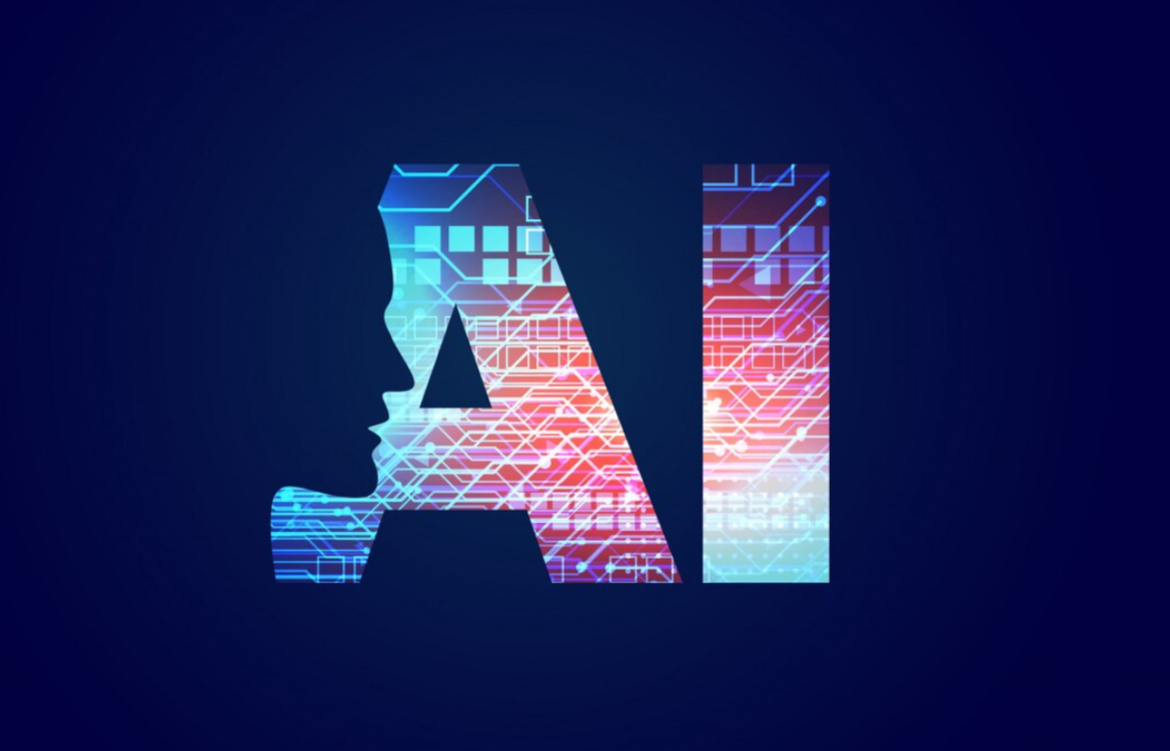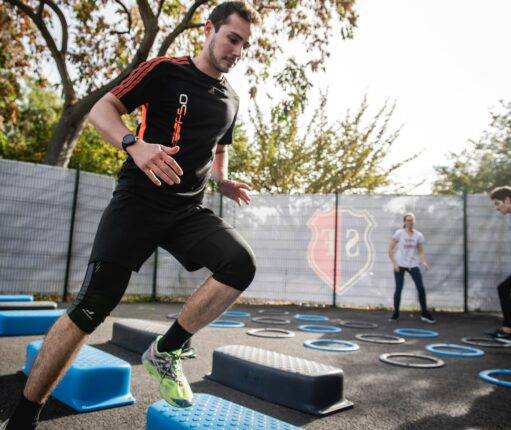In the dynamic realm of digital marketing and branding, logo animation plays a crucial role in capturing audience attention and conveying brand identity. As technology evolves, the integration of artificial intelligence (AI) into logo animation services heralds a new era of creativity, efficiency, and customization. This article delves into the convergence of AI and logo animation, exploring the current landscape, potential applications, and future possibilities.
The Current Landscape
Logo animation has evolved significantly from static images to dynamic motion graphics that engage audiences across various digital platforms. Traditionally, animators manually design and animate logos, a process that demands time, expertise, and resources. However, recent advancements in AI technologies have revolutionized this process, offering innovative solutions to streamline and enhance logo animation services.
AI-powered logo animation tools leverage machine learning algorithms to automate repetitive tasks, such as generating motion paths, selecting transition effects, and optimizing timing. These tools often incorporate pre-trained models trained on vast datasets of animation sequences, enabling them to mimic human-like creativity and produce compelling animations efficiently.
Moreover, AI algorithms can analyze brand attributes, such as colors, fonts, and imagery, to generate personalized animations that resonate with a specific brand identity. This level of customization enhances brand recognition and establishes a unique visual identity in a crowded digital landscape.
Potential Applications
The integration of AI into logo animation services unlocks a myriad of potential applications across various industries and sectors. Here are some notable examples:
- Marketing and Branding: AI-powered logo animations enable marketers to create dynamic visual content that captivates audiences and reinforces brand messaging. Whether it’s for social media campaigns, website headers, or digital advertisements, personalized logo animations can enhance brand visibility and drive engagement.
- E-Learning and Training: Educational institutions and corporate training programs can leverage AI-generated logo animations to create interactive learning materials. By incorporating animated logos into presentations, videos, and e-learning modules, educators can enhance content retention and create immersive learning experiences.
- Entertainment and Media: The entertainment industry can harness AI-driven logo animation tools to produce captivating title sequences, trailers, and promotional materials for films, television shows, and online streaming platforms. These animations can enhance storytelling and create a memorable visual impact on audiences.
- Virtual Reality (VR) and Augmented Reality (AR): AI-powered logo animations can be integrated into VR and AR experiences to enhance immersion and interactivity. Whether it’s for virtual tours, immersive advertisements, or interactive product showcases, animated logos can enrich the user experience in virtual environments.
Future Possibilities
Looking ahead, the convergence of AI and logo animation is poised to unlock even greater possibilities, reshaping the way brands communicate and connect with their audiences. Here are some future trends and developments to anticipate:
- Real-Time Personalization: AI algorithms will become increasingly adept at generating real-time, personalized logo animations tailored to individual user preferences and behavior. By analyzing user data and feedback, brands can dynamically adjust logo animations to resonate with specific audiences, driving deeper engagement and brand loyalty.
- Generative Adversarial Networks (GANs): The advancement of GANs and other generative modeling techniques will enable AI systems to generate highly realistic and nuanced logo animations that closely mimic human creativity. This level of realism will blur the line between AI-generated and manually crafted animations, opening up new avenues for artistic expression and innovation.
- Interactive and Reactive Animations: AI-powered logo animations will evolve to incorporate interactive and reactive elements, responding to user input, environmental cues, and real-time data. Whether it’s a logo that changes color based on the user’s mood or one that reacts to sound and gestures, these dynamic animations will create immersive and engaging brand experiences.
- Emotionally Intelligent Animations: AI algorithms will be trained to imbue logo animations with emotional intelligence, understanding and responding to human emotions and social cues. By infusing animations with empathy and sensitivity, brands can forge deeper emotional connections with their audiences, fostering trust and loyalty over time.
Conclusion
The intersection of AI and logo animation represents a paradigm shift in how brands communicate and engage with their audiences. By harnessing the power of AI-driven tools and technologies, businesses can unlock new levels of creativity, efficiency, and personalization in their branding efforts. As AI continues to advance, the future of logo animation holds boundless possibilities, where imagination is the only limit.







